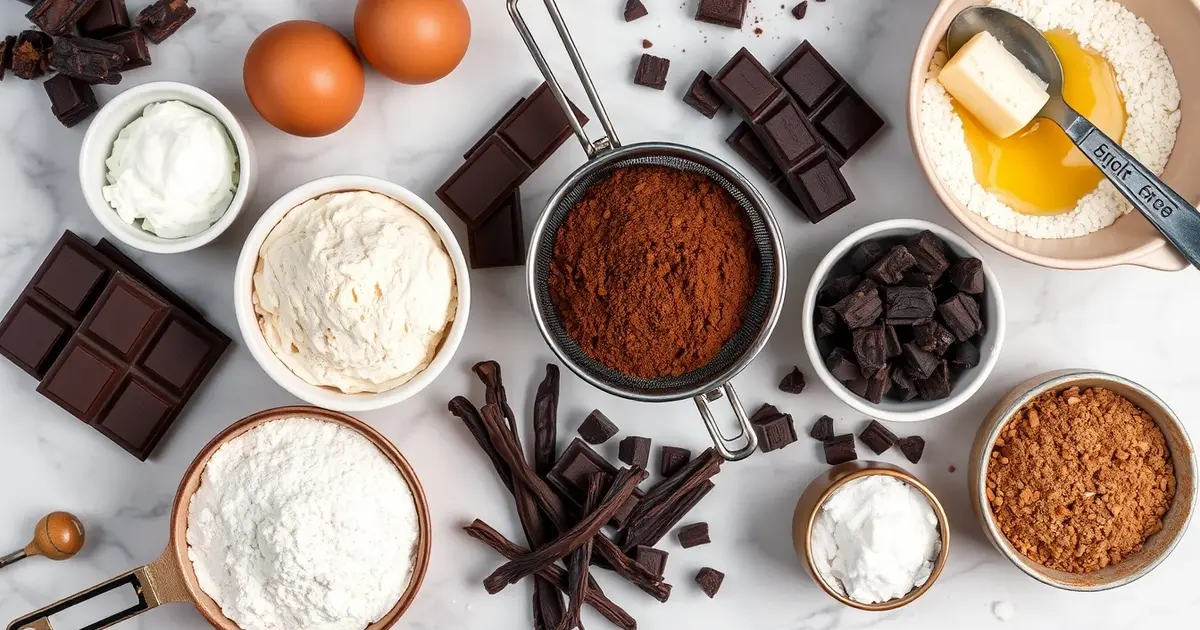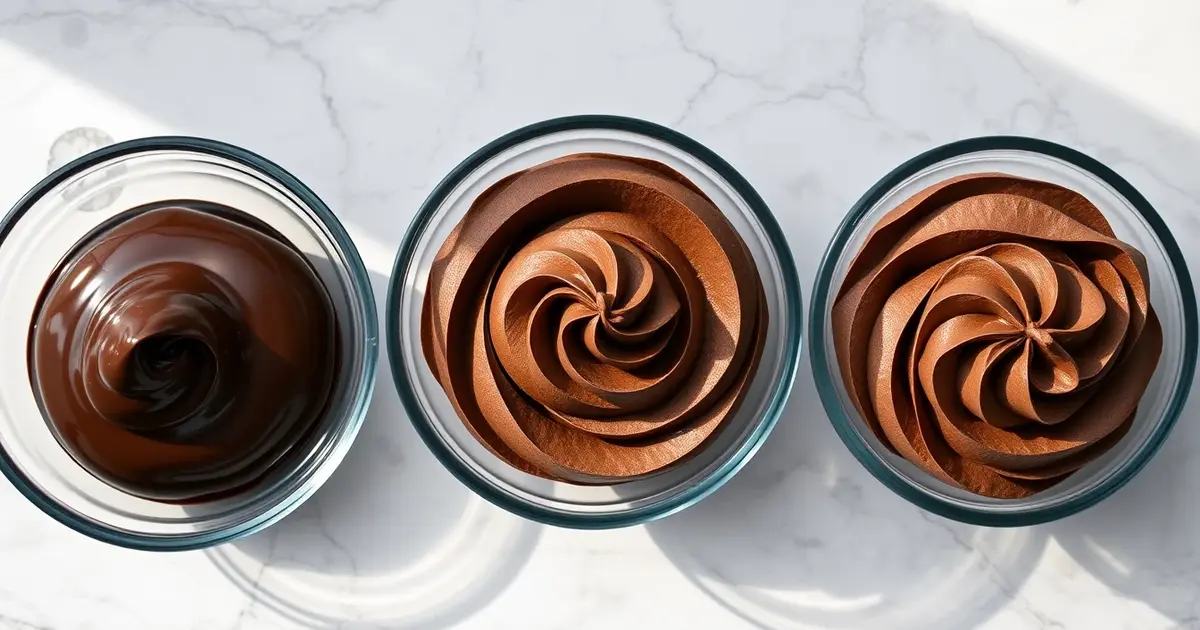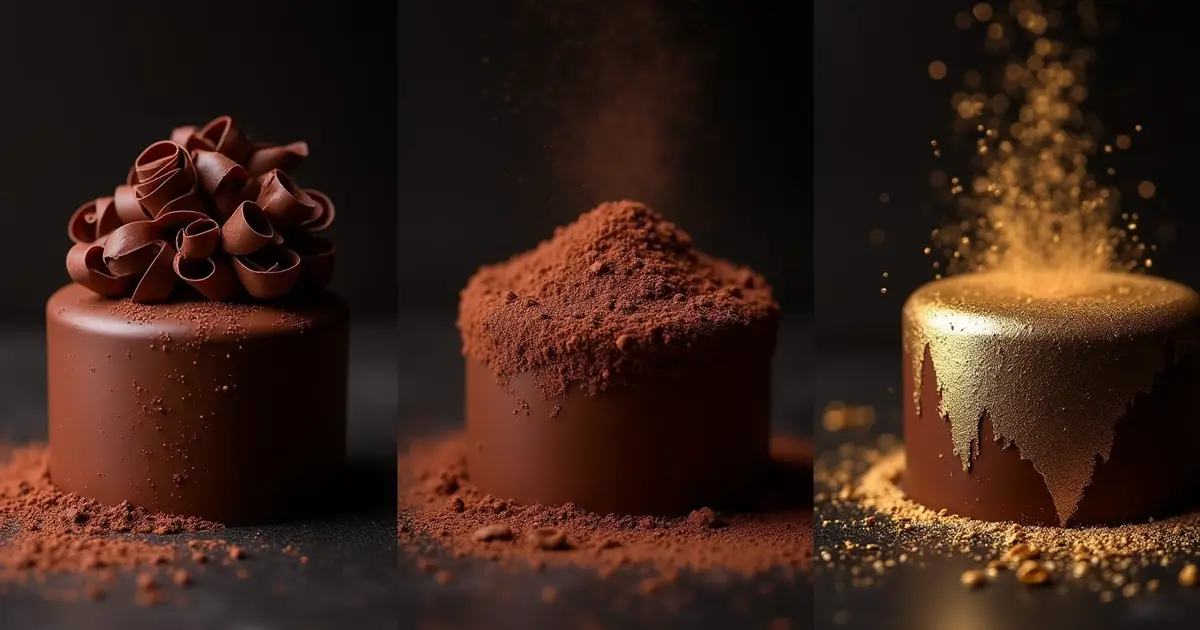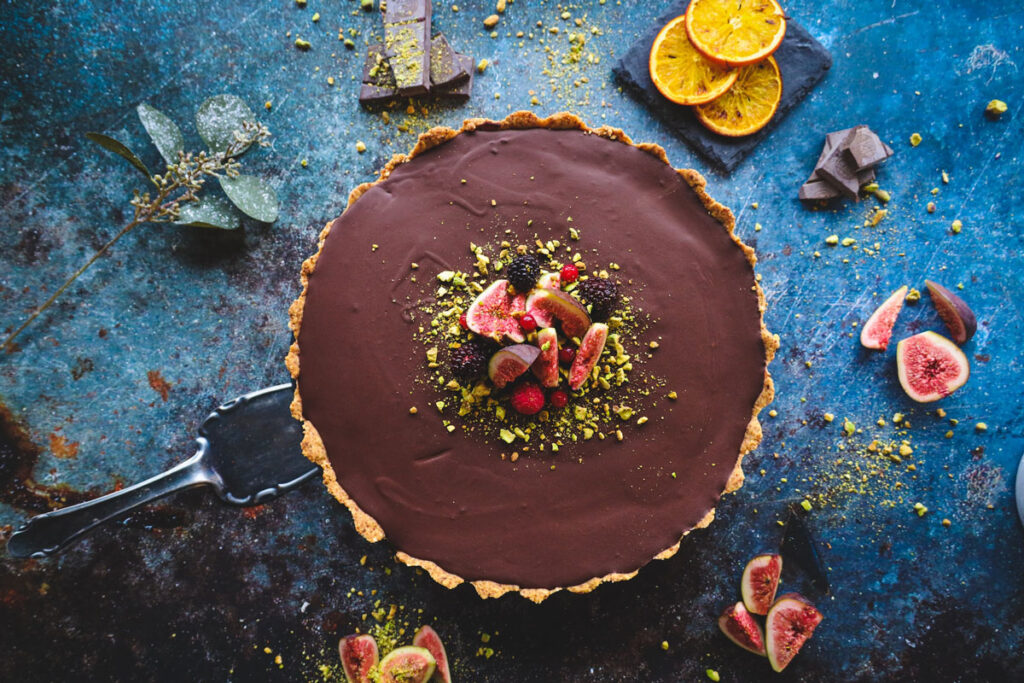Few desserts evoke the same universal delight as a perfectly executed chocolate cake. Rich, moist, and intensely flavorful, this classic treat represents the pinnacle of baking achievement. With the right techniques and quality ingredients, you can create a chocolate masterpiece that transforms any occasion into a celebration.
Foundation Ingredients

Chocolate Selection
The foundation of an exceptional chocolate cake begins with selecting the right chocolate. For the most complex flavor, use high-quality dark chocolate with 60-70% cocoa content. This percentage provides the perfect balance between bitterness and sweetness. Additionally, natural cocoa powder (not Dutch-processed) contributes acidity that activates leavening agents, creating a better rise and texture.
Fat Considerations
Butter versus oil represents a crucial decision in chocolate cake preparation. While butter offers incomparable flavor, neutral oils like canola or sunflower create moister cakes with longer shelf life. For the best of both worlds, many master bakers combine these fats—butter for flavor and oil for moisture. Furthermore, room-temperature ingredients blend more effectively, so plan accordingly.
Sweetener Balance
Granulated sugar provides structure and helps create a tender crumb through proper creaming. However, brown sugar adds moisture and subtle molasses notes that complement chocolate beautifully. Therefore, using a combination often yields superior results. For enhanced flavor complexity, consider adding a tablespoon of espresso powder—it won’t taste like coffee but will intensify the chocolate notes significantly.
Technique Mastery

Proper Mixing Method
The mixing method dramatically impacts your cake’s final texture. The creaming method—beating butter and sugar until light and fluffy—incorporates air bubbles that expand during baking, creating a tender crumb. Alternatively, the reverse creaming method (mixing fat into dry ingredients before adding liquids) produces a velvety texture with a more even rise. For chocolate cakes specifically, many professionals prefer the latter.
Temperature Control
Baking temperature precision makes the difference between perfection and disappointment. Start at a higher temperature (around 375°F/190°C) for the first 10 minutes to activate leavening agents, then reduce to 350°F/175°C to complete baking without drying the edges. Moreover, an oven thermometer ensures accuracy, as many ovens run hotter or cooler than their settings indicate.
Moisture Preservation
To prevent dryness—the most common chocolate cake complaint—several techniques prove effective. First, avoid overbaking by testing 5 minutes before the recipe’s suggested time. A toothpick should emerge with a few moist crumbs, not completely clean. Second, brush cake layers with simple syrup immediately after baking. This step, called “soaking,” locks in moisture without adding overwhelming sweetness.
Frosting Fundamentals

Ganache Perfection
Chocolate ganache—a mixture of chocolate and cream—offers unparalleled luxury as both filling and frosting. The ratio determines consistency: equal parts chocolate and cream create a pourable glaze, while two parts chocolate to one part cream yield a spreadable frosting. For the silkiest texture, use chopped chocolate (not chips, which contain stabilizers) and warm cream just below boiling point.
Buttercream Variations
Swiss meringue buttercream provides a silky, less-sweet alternative to traditional American buttercream. Created by whisking egg whites and sugar over heat before incorporating butter, this frosting holds well at room temperature and creates smooth finishes. For chocolate versions, fold in melted and cooled chocolate rather than cocoa powder for richer flavor and creamier texture.
Whipped Ganache Innovation
Whipped ganache offers a lighter alternative that maintains chocolate intensity. After preparing standard ganache, allow it to cool until thickened but still soft, then whip with an electric mixer until light and fluffy. This technique creates a mousse-like frosting that spreads beautifully while providing a sophisticated flavor profile that complements the cake without overwhelming it.
Assembly Secrets

Layer Preparation
Professional-quality cakes require level layers. After cooling completely, use a long serrated knife to trim any domed tops. Then, split each cake horizontally to create thinner layers that allow for more filling and better moisture distribution. Consequently, a two-cake recipe transforms into a four-layer showstopper with minimal additional effort.
Stability Techniques
For taller cakes, stability becomes crucial. Insert dowels or sturdy straws vertically through assembled layers to prevent shifting. Additionally, a “crumb coat”—a thin layer of frosting applied before the final coat—seals in crumbs and creates a smooth foundation. After applying this initial layer, refrigerate for 20-30 minutes before final frosting for professional results.
Decorative Finishes
Simple decorations often create the most elegant presentations. Chocolate curls made by dragging a vegetable peeler across a chocolate bar add sophisticated texture. Alternatively, dust the top with high-quality cocoa powder through a fine-mesh sieve for a velvety finish. For special occasions, edible gold leaf applied sparingly creates dramatic visual impact without affecting flavor.
For those interested in exploring other culinary delights, check out our article on A Culinary Delight: New York City’s Top 10 Dim Sum Destinations.
Address Book:
•Valrhona: Premium chocolate for baking (available online)
•Nielsen-Massey: Exceptional vanilla extracts and flavors
•King Arthur Baking Company: High-quality flours and cocoa powder
•Ateco: Professional cake decorating tools
•Sur La Table: Baking equipment and specialty ingredients

